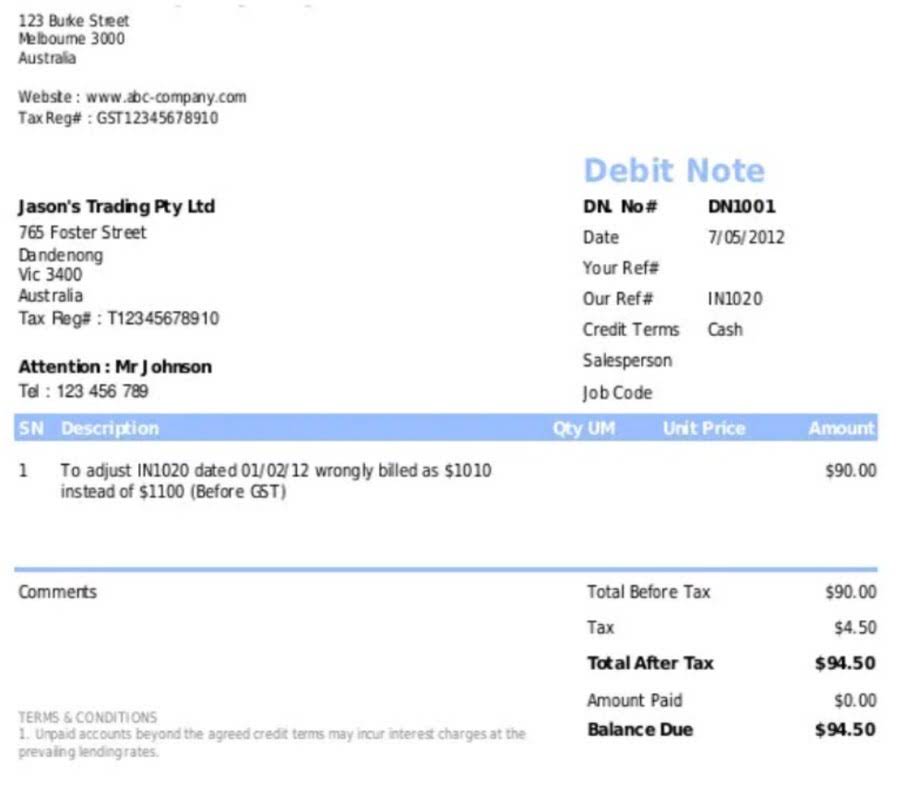
SG&A expenses are reported on the company’s income statement, below gross profit. General costs such as office supplies, telephone bills, and postage are considered to be administrative expenses. Compensation for employees who provide overall support for the company that is not tied to a specific department isalso considered an administrative expense.

Importance of SG&A Expenses in the Overall Financial Health of a Startup

Lastly, if we look at Cloudflare’s latest annual report, ending December 31, 2021, the company also breaks the SG&A expenses into two separate buckets. Because a company like Crowdstrike sells software as a service, the creators (people) of the service help Crowdstrike grow and its competitive advantage. In this article, we’ll explore what SG&A expenses are, how they are calculated, and what they typically include.
Top 8 Easy-to-Use SMB Accounting Software

SG&A is presented on the income statement, and its relationship with other financial metrics, such as revenue and net income, provides valuable insights into a company’s profitability. This encompassed both selling expenses and general and administrative costs. While General Motors provides a detailed breakdown of individual line items within these categories, it is essential to note that the allocation of these expenses might vary from one company to another. Operating income is the result of subtracting all the operating expenses from a company’s revenue or net sales. Operating expenses include all the costs incurred to generate revenues, except for interest and taxes. Among these operating expenses, Selling, General & Administrative expenses hold significant importance due to their sizeable contribution to the overall expense structure.
What is the SG&A sales ratio?
General and administrative (G&A) expenses are the day-to-day operational costs. Typical G&A expenses include the salaries of administrative and management staff, rent, utilities, legal fees, HR expenses, and insurance payments. When it comes to the difference between SG and operating expenses (OPEX) often there’s none, especially in the way many companies report them on the income statement. What’s different is the degree of granularity when reporting operating expenses. Operating/net profit is the result of deduction of these expenses from the gross margin/profit. Some expenses, such as interest expense or tax expense are reported below operating income.
And if you don’t keep an eye on them, they can eat away at your bottom line. Businesses may use data analytics to optimize their ad spend, focusing on campaigns that deliver higher ROI. Financial Intelligence takes you through all the financial statements and financial jargon giving you the confidence to understand what it all means and why it matters.
- Understanding how SG&A expenses are reflected in financial statements is crucial for accurate financial analysis and decision-making.
- And then you have the tech-savvy software companies, which often decide to break out G&A from sales and marketing expenses, showing you the strategic weight they place on each function.
- Assuming that these are all the company spends on SG&A, then we can add them up, which totals $1,200.
- In short, direct costs are directly related to the product being sold, while indirect costs are what you spend money on to earn sales.
- By understanding SG&A expenses, institutional investors can make informed decisions about potential investments.
- If these items keep on increasing, but the sale is dropping, the company must bring down these expenses.
One of the reasons S&M expenditures are difficult to amortize over time for tech companies is that some (or maybe a significant portion) of them are effectively petty cash fixed costs. Depreciation expenses are also included in this part of the income statement but not in SG&A. The reason why is they may not incur during regular business activities. In the following section, we will discuss strategies for managing SG&A expenses to improve efficiency and support sustainable growth. Firms with highly variable cost structures are said to have low operating leverage.
To gain insight into just how essential these expenses are, consider a simple scenario. If a company stops investing in advertising, they might quickly see a dip in sales, indicating the correlation between effective selling expenses and business growth. However, they need to be carefully managed, as unchecked selling expenses can escalate and erode a company’s profitability. Upon deducting a company’s SG&A from gross profit – assuming there are no other operating expenses – the resulting profit metric is operating income (EBIT). On the income statement, total revenue is shown and reduced by COGS to arrive at gross profit. This shows how sg&a meaning much revenue remains to cover operating expenses and hopefully still leave a profit.
What Are Selling, General, and Administrative (SG&A) Expenses?
Therefore, the SG&A margin and operating profit margin are inversely related. Conceptually, the SG&A ratio measures the percentage of each dollar of revenue earned by a company allocated to SG&A. Unfortunately for founders, accounting rules are very specific on some things, and surprisingly unhelpful in other areas.
However, it’s crucial to recognize that the optimal ratio varies by industry and over time. A sudden increase could signal rising costs or declining sales — a red flag worth investigating. In conclusion, we can see our company’s SG&A margin declined from 24% initially to 20% by the end of the forecast, whereas the operating profit margin increased from 36% to 40% across the same time horizon. Suppose Outsource Invoicing you’re tasked with building a five-year forecast of a company’s SG&A and operating profit (EBIT) using the following historical income statement data.
